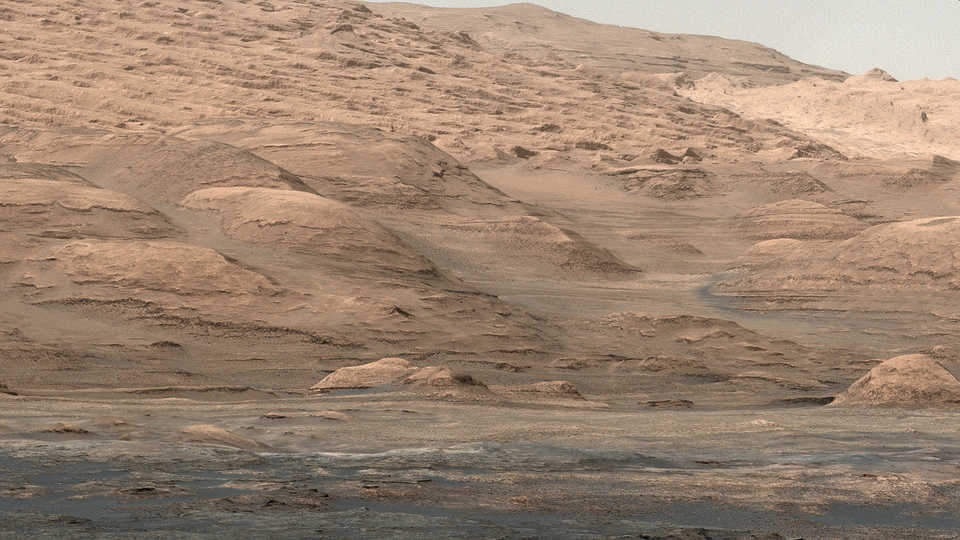Science News
Methane on Mars

Yesterday, NASA scientists announced with confidence that they have discovered methane in the atmosphere of Mars. Using data from the Curiosity rover on the Red Planet, the scientists detected spikes in the organic chemical over a short period of time, and will continue to look for more signs in the coming months and years.
John Grotzinger, Curiosity project scientist, mentioned that methane can indicate former or existing presence of life of Mars, among other things. “It’s the material you would look for, if you were looking for life on Mars, for evidence of microbes on Mars.”
Over the 20 months or so of detection, the SAM lab onboard Curiosity measured a very low background rate of methane at 0.7 parts per billion by volume. But over a two-month period in late 2013 and early 2014, four separate measurements averaged seven parts per billion—ten times the background level! After that period, the levels fell back to the background rate.
According to NASA’s Sushil Atreya, this methane spike is significant. “This means that Mars is currently active; that the surface and subsurface of the planet are communicating with atmosphere.”
So where does this methane come from? Atreya says one possibility is that methane is stored in a solid form below the planet’s surface, released through cracks or fissures in the ground, and brought up by wind. But he stresses that whatever the source, it must “be small and well-vocalized.”
Curiosity also detected different organic chemicals in powder drilled from a rock dubbed Cumberland, the first definitive detection of organics in surface materials of Mars. These martian organics could either have formed on Mars or been delivered to Mars by meteorites.
So what do these new findings mean to the mission? More drilling, says Grotzinger. As the rover continues travelling up Mount Sharp (pictured above), it’s already drilled one hole, with another one planned in the new year. The team is hoping to find another methane spike and more organic signatures.
Grotzinger and his colleagues remind us how difficult these data are to find and confirm with the harsh Mars environment, which includes radiation, fierce winds, and perchlorate minerals that can damage the organics. The researchers hope that this work acts as a blueprint for finding organics in other locations, and for future missions.
They’re also working to determine how the organics formed. Grotzinger likened it to the discovery of fossilized microorganisms in chert in the 1950s. This discovery was a missing link to evolution of life on Earth. Maybe this new Martian discovery “is our chert moment on Mars,” Grotzinger says. “In another year, two or three, maybe we’ll get to that.”
Image: NASA/JPL-Caltech/MSSS